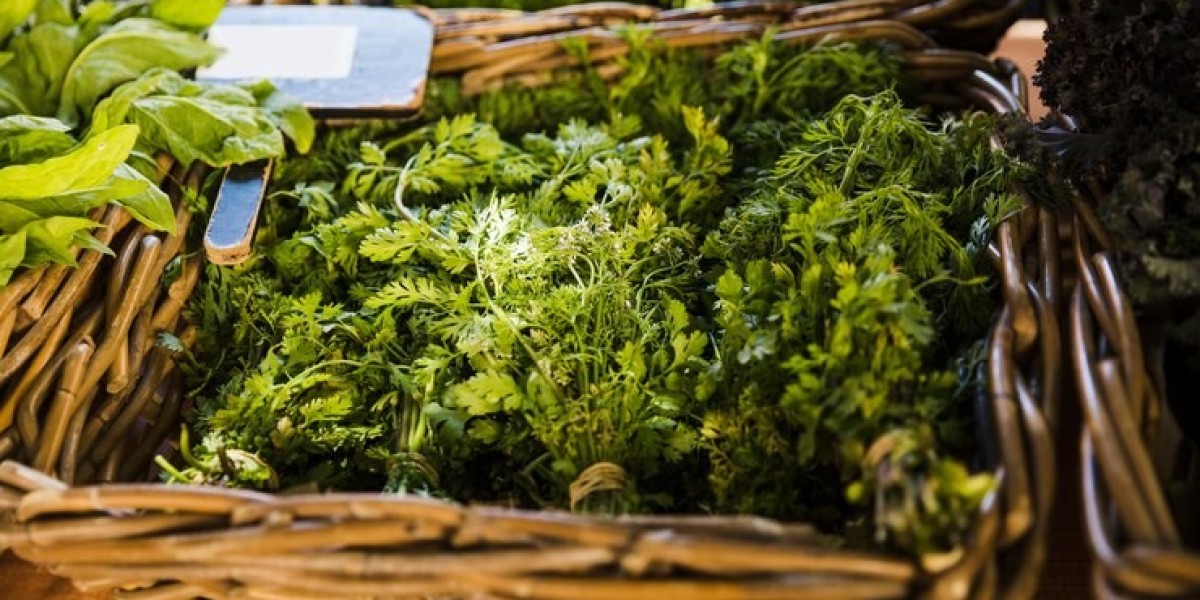Understanding Weeds and Their Impacts
Weeds can pose serious threats to crop productivity if left uncontrolled. Weeds compete with crops for nutrients, water, and sunlight. On average, weeds have been found to reduce crop yields by over 10% globally every year. Some of the most common weeds found in agricultural fields include crabgrass, dandelion, chickweed, plantain, nutsedge, and many broadleaf weed varieties. These weedy plants have developed characteristics like rapid germination and growth that allow them to outcompete crops if not properly managed.
Cultural Control Methods for Weed Management
Cultural control practices focus on preventing weeds from becoming established or making the environment unsuitable for their growth. These include practices like crop rotation, using cover crops, and manipulating tillage. Rotating crops disrupts weed life cycles by changing the plant community every season. Cover crops such as rye or clover help occupy the soil and block sunlight to reduce weed germination in unused periods. Reducing or eliminating tillage leaves plant residues on the soil surface to block light and deplete soil moisture needed by weeds. Proper application of organic fertilizers and compost also supports crop growth to outcompete any invading weeds. Together, cultural practices form the foundation of an integrated weed control program on farms.
Mechanical Weed Control Techniques
Mechanical Weed Control uses physical techniques instead of chemical applications. Common practices are hand weeding, mowing, cultivation, and vertical tillage. Hand weeding is a very labor-intensive method best used for high-value specialty crops. Mowing, cultivation, and vertical tillage physically disturb and uproot emerged weeds using equipment-driven methods. For example, rotary hoe cultivation in the seedling stage cuts off small weed seedlings from the soil. Shallow tillage implements like the verticaltillage knife disrupt established weed root systems. These mechanical techniques have limitations depending on soil type, crop, and weed size but provide selective control with no chemical residues. Combined with cultural practices, they offer alternatives for organic production systems.
Herbicide Applications When Needed
While cultural and mechanical controls are the foundation, herbicide applications still have an important role to play when needed as part of an integrated weed management approach. Herbicides are compounds that selectively control weeds and work by disrupting plant processes like photosynthesis, cell division, or amino acid production. They come in several forms like liquids, granules, and gases which are applied either before planting as pre-emergent treatments or after weeds emerge as post-emergent applications. The specific herbicide used depends on the target weed species, application timing, and crop tolerance. Proper application following all label directions is critical to maximize effectiveness and minimize off-target impacts. Herbicides offer highly effective control when other methods are insufficient but must be carefully selected and judiciously used.
Integrated Weed Management for Long-Term Success
The best approach is to deploy multiple techniques together as part of an integrated weed management (IWM) strategy tailored to individual farms. IWM sequentially uses cultural, mechanical, and selective herbicide practices over the long-term to keep weed populations below economic damage thresholds. The key principles are prevention through cultural methods augmented by mechanical disturbance and spot treatment as needed with minimal herbicide use. This "systems" approach disrupts the establishment and spread of weeds through ecological disruption rather than complete reliance on any one control type. When properly implemented as a whole-farm system, IWM provides sustainable, cost-effective weed control supporting crop and soil health for the long run. Coordinated record-keeping also helps monitor changes in the weed community and continually adapt methods. With knowledgeable planning and execution, IWM secures agricultural productivity for future generations of farmers.
Specific Weed Management Programs
Effective IWM requires tailoring general principles to each farm's unique conditions. Some examples:
- Grain crop rotations in Midwest USA pair no-till with pre-emergent herbicide and follow up cultivation for most seasons, reserving insecticide seed treatments for problem years.
- Vegetable farms on West Coast implement plasticulture with drip irrigation to suppress weeds, hand weeding crops at narrow rows, and applying contact herbicides only as absolutely needed.
- Orchards in Pacific Northwest intensively cultivate weed strips but also rely on selective post-emergent sprays between tree rows with residuals to minimize disruptions.
- Rice farms in Asia flood fields for months after planting, achieving up to 90% control alone but integrate spot treatments with appropriate herbicides when fields are drained for harvesting.
By finetuning the specific combination and sequencing of tactics, IWM maximizes agronomic, economic and environmental benefits of weed management suited to individual operations. Proper scouting and recordkeeping then drives continual improvement enhancing long-term sustainability.
Get More Insights:- Weed Control
For More Insights Discover the Report In language that Resonates with you
About Author:
Money Singh is a seasoned content writer with over four years of experience in the market research sector. Her expertise spans various industries, including food and beverages, biotechnology, chemical and materials, defense and aerospace, consumer goods, etc. (https://www.linkedin.com/in/money-singh-590844163)








